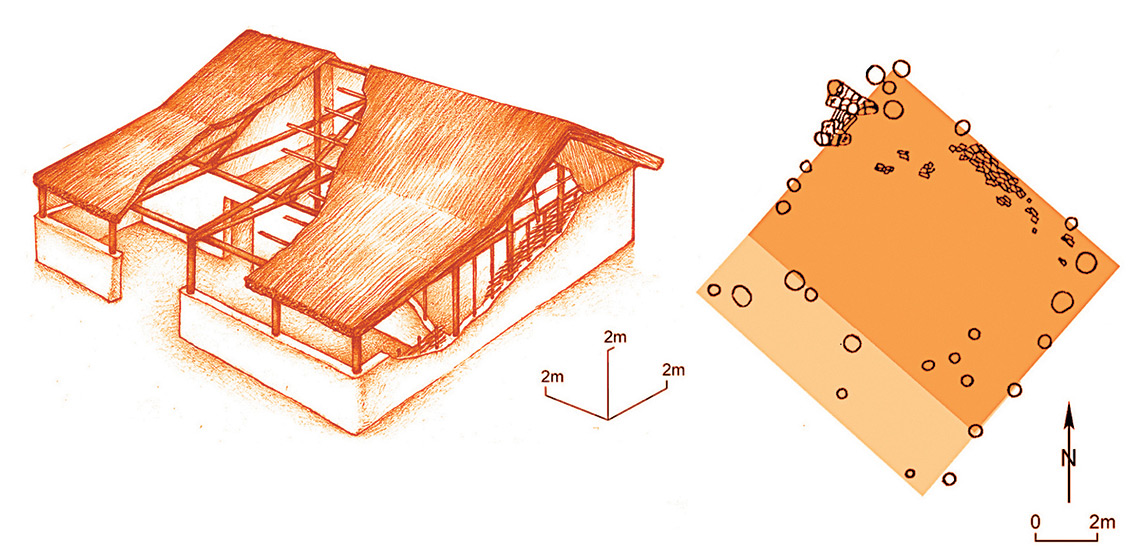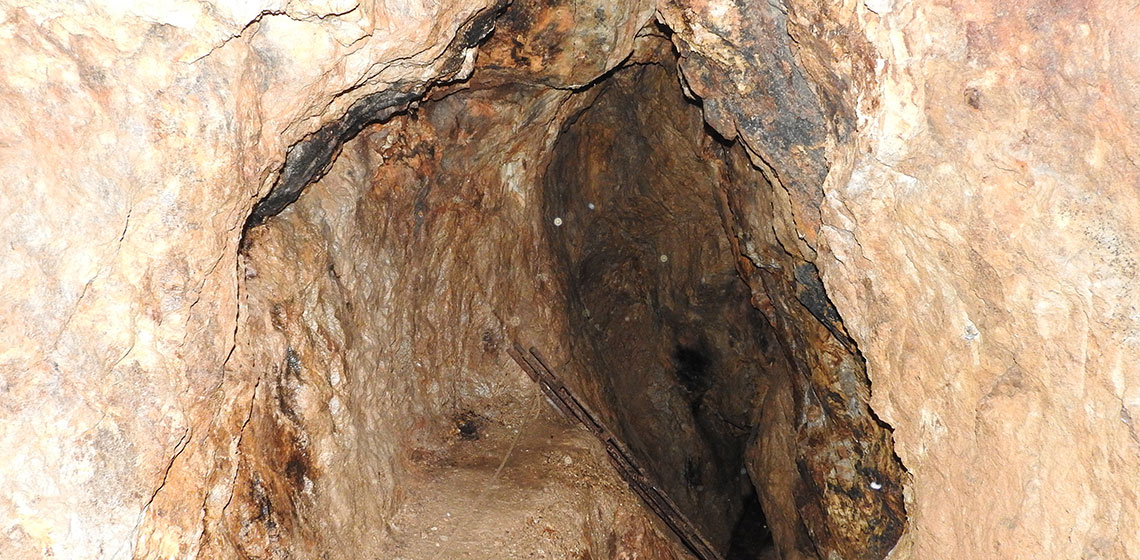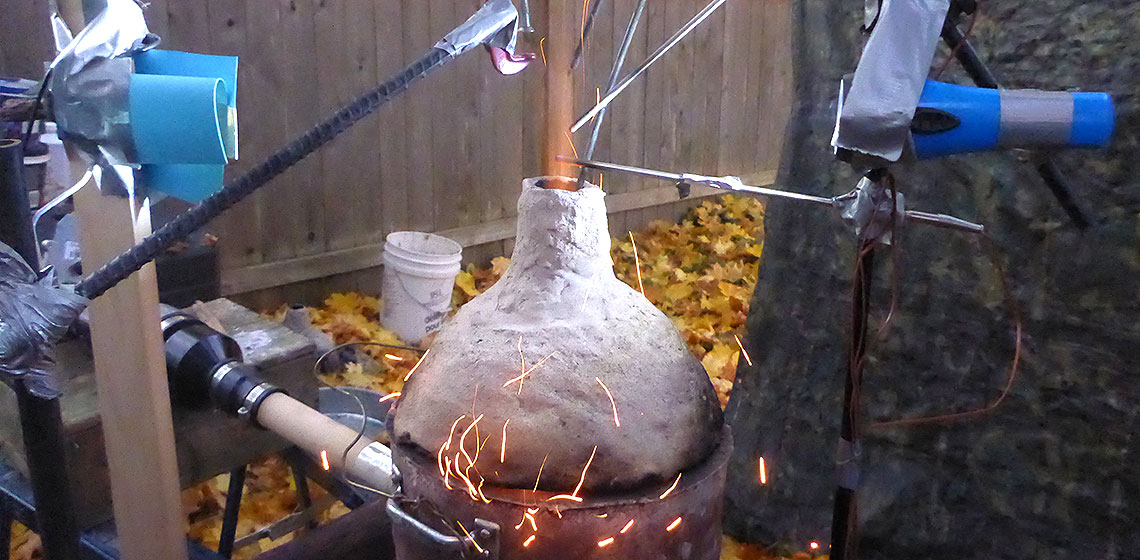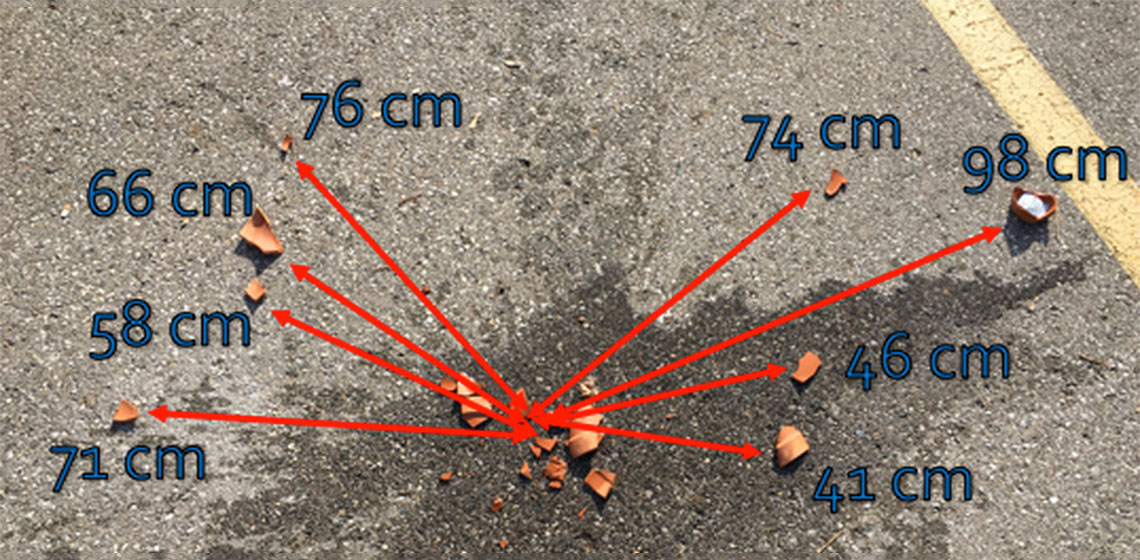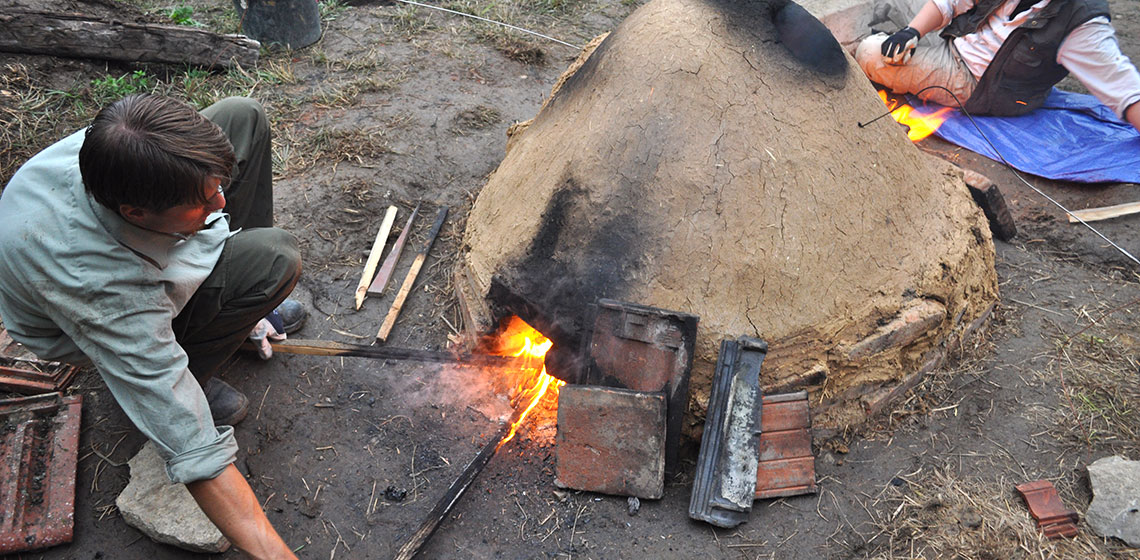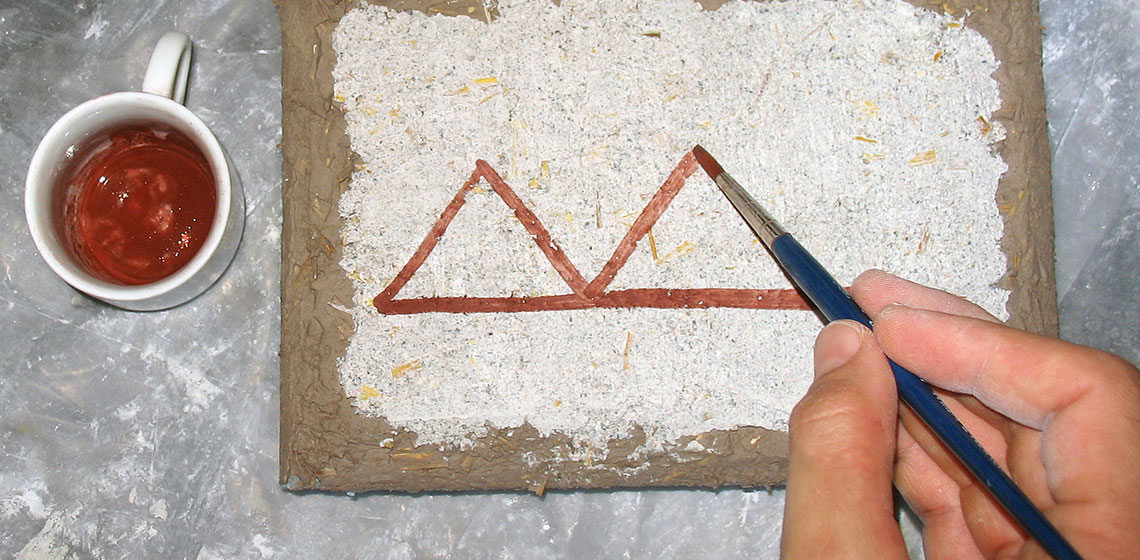Experimental Research on the Setting up and Exploitation of the Human Prehistoric Habitat in the Middle Dniester Region
Project incipience
The link established between EXARC and the Scientific Research Laboratory "Thracology" (Moldova State University) inspired the initiation of the first major project in the field of experimental archeology for the Republic of Moldova. The purpose of this project was to organize an experimental archeological open-air park in Saharna-Ţiglău (Nicic, 2009).
